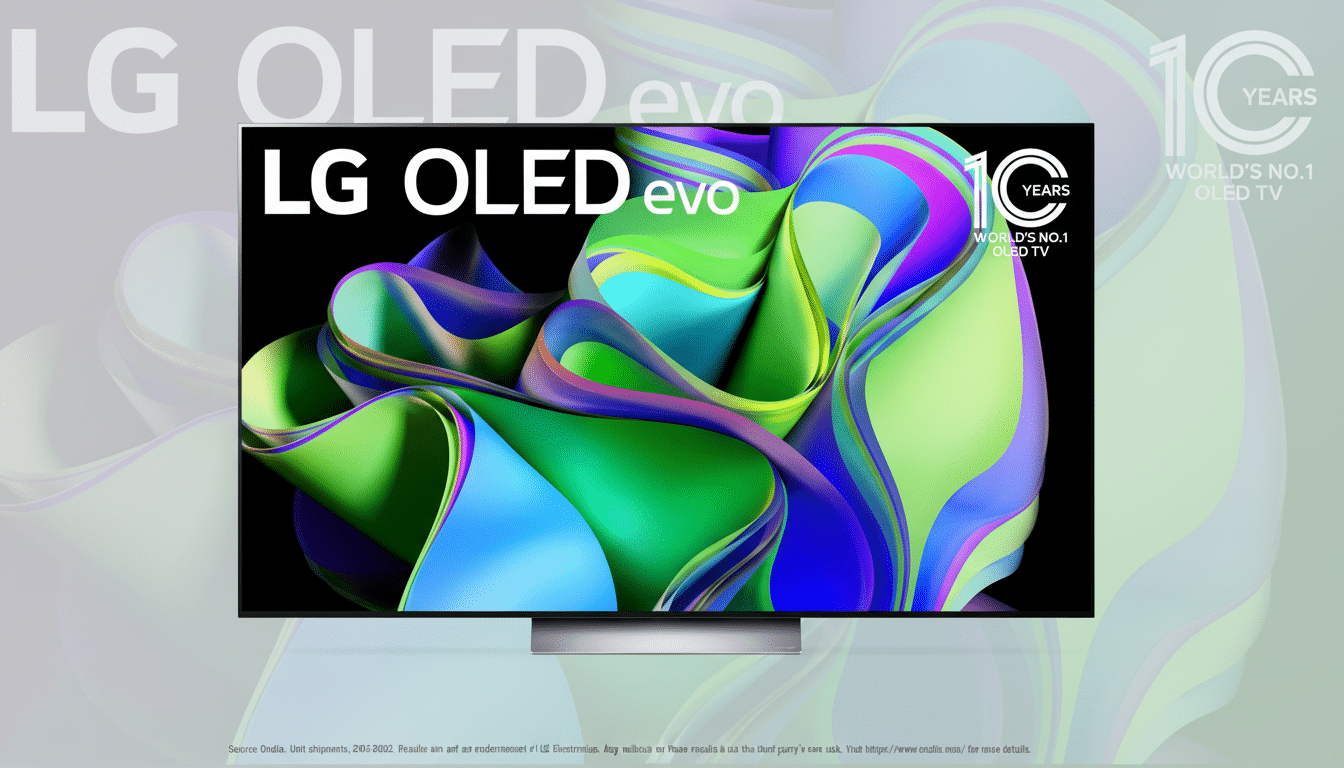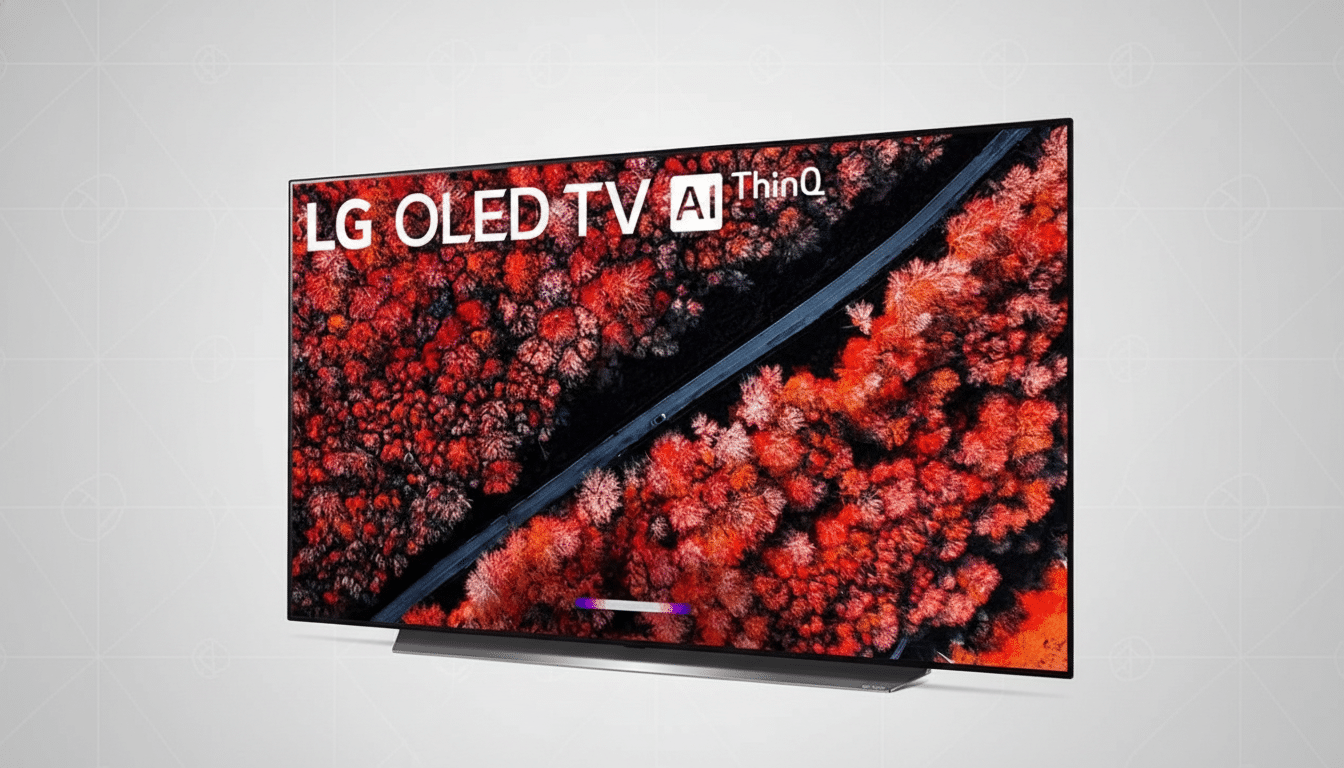Big-box stores have announced early marketing for Black Friday, and there are some big headline numbers — up to 50% off on sets from LG, Samsung, Sony, TCL and Hisense. One of the biggest trends this week is how quickly premium panels — such as OLED and Mini-LEDs — have slumped in price, bringing top-shelf doodads like 120Hz gaming, advanced local dimming, AI upscaling, etc. into midrange budgets well ahead of the “peak shopping” rush.
If you’ve been holding out for a larger screen, now’s the time to jump. The steepest cuts are on 65- to 85-inch models capable of displaying 4K resolution, but even supersize 98-inch sets are inching into the realm of the obtainable as retailers move through inventory from last year’s lineup to make space for next year’s.

Why TV Prices Are Falling Now and What It Means for You
Two forces are at work: inventory turnover and consumer demand for larger screens. New TVs are unveiled at CES and ship in the spring, so sellers cut prices on current-year stock now to avoid inventory stewing. Research firms like Circana say big-screen models account for most U.S. TV revenue, so retailers have an incentive to promote 65-inch and bigger sizes with doorbuster pricing.
Discount depth also follows broader holiday trends. According to Adobe’s holiday shopping analysis, electronics have consistently topped discounts, including what the software company expected to be peak online markdowns of around 30% and TVs as the highest-performing category. Add to that the long return windows and price matching offered by many big-box chains, and early shoppers are rewarded with little risk.
Standout Early Deals to Watch on LG, Samsung and More
LG’s OLED door-openers are back with a vengeance. A 65-inch LG C4 OLED has been seen at around $1,296.99, about a 52% discount from list, toting the inky blacks and pixel-level control home theater fans covet. And if you crave more screen, a 77-inch LG C5 OLED for under $1,996.99 is an aggressive 46% discount for this evolution of the 2025-series.
Samsung’s Mini-LED roster is coming off the map. An 85-inch Neo QLED QN90F at around $2,297.99 is approximately a 38% savings and is perhaps one of the best ways to get high brightness (meaning great light output for well-lit living rooms), strong anti-glare (in other words, low reflections) and strong motion handling for challenging content into homes with lots of ambient light that’s not always easy to block out. Even a gargantuan crowd pleaser is up for grabs: A 98-inch ultra-high-definition television has dipped to just over $1,697.99, or about 32% off — big-screen cinema without the projector install.
Bargain hunters can start scouting for Mini-LED bargains under four figures. A 75-inch LG QNED85A has appeared for just under $896.99 (approximately 36% off) complete with simple local dimming and support for 120Hz. TCL’s 75-inch QM6K around $847.99 brings in QD-Mini LED punch with Google TV combined, while Hisense’s 55-inch CanvasTV near $797.99 is aimed at design-first buyers.
Sony’s new OLEDs certainly aren’t being left out, either. A 65-inch Bravia A2 at $2,298 (which undercuts its list by about 30%) couples self-lit pixels that result in perfect blacks with Sony’s motion and color processing that videophiles cherish. As ever, prices can move fast; compare current tags to recent street prices — not just MSRPs.

Deciphering TV Specs for Real-World Value When You Shop
OLED vs. Mini-LED: OLED offers near-infinite contrast and great uniformity that is best suited for a dark room and movie viewing purposes. Mini-LED (QLED/Neo QLED/QNED): Greater peak brightness and stronger glare-fighting filters; great for bright rooms, daytime sports and family spaces. If you’re a frequent viewer of HDR content, brightness headroom is what allows specular highlights to pop.
The best gaming features now matter more than ever. What to look for: HDMI 2.1 bandwidth, support for 120Hz (or 144Hz) refresh rates, VRR and ALLM across multiple ports, not as a one-by-one feature. LG and Sony typically support Dolby Vision gaming with a small smattering of models; Samsung’s counterpoint to this now is HDR10+ and its game bar tools. That 15ms at 4K/60 and below 10ms at 1080p/120 is a good comfort range for responsive play.
HDR formats and audio: LG and Sony offer Dolby Vision broadly, while Samsung supports HDR10+ with excellent tone mapping. If you’re adding a soundbar or AVR, to ensure lossless Dolby Atmos passthrough verify eARC compliance on the TV. Also look for anti-reflective coatings and motion features; sports enthusiasts get powerful motion interpolation and black frame insertion.
Smart Shopping Tactics Before You Click ‘Buy’
Let the room choose the tech. Bright living room with windows? Favor Mini-LED brightness and anti-glare. Dedicated, lights-off movie space? OLED makes shadows sing. THX’s 36-degree recommendation translates into 1.2–1.5× screen width for an enchanting experience. Simple conversion: For a 98-inch set, that’s approximately 7 to 9 feet — a dose of reality just before checkout.
Mind the fine print. Return windows for the holidays tend to be generous, but check for delivery charges, haul-away fees and whether you’ll need to wall-mount. Some cards offer warranty extensions; terms for OLED burn-in coverage can vary according to brand, so read up on the policy. Once set up, turn on Filmmaker Mode or a calibrated preset for color-accurate viewing without fuss.
And finally, be skeptical of those “was” prices and stack them up against recent averages. The actual deal is almost always the delta from last month’s street price, and third-party trackers and retailer price histories frequently reflect this. This week that delta is real — especially on big-screen LG OLEDs and Samsung Mini-LEDs — so pre-Black Friday remains a great window to upgrade before the final holiday crush.

